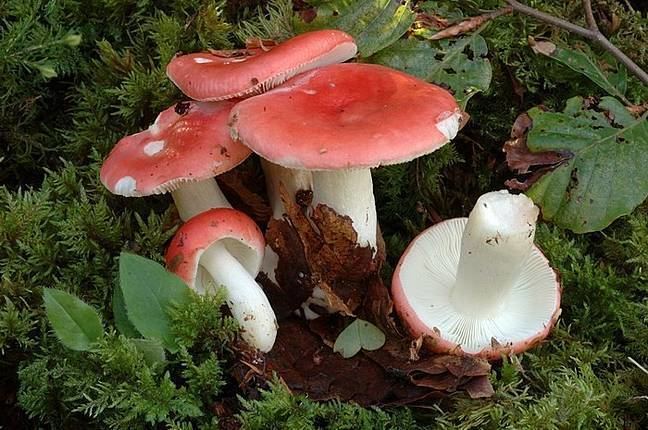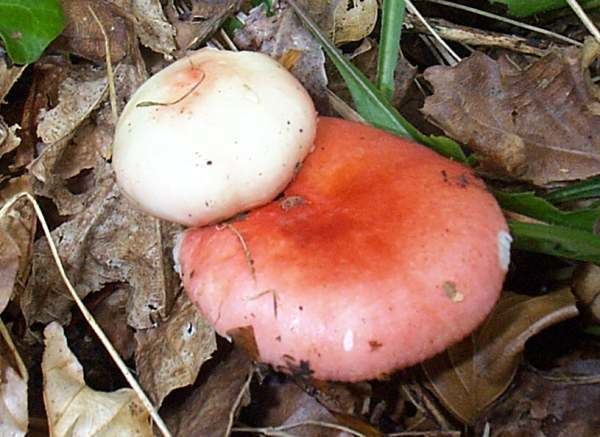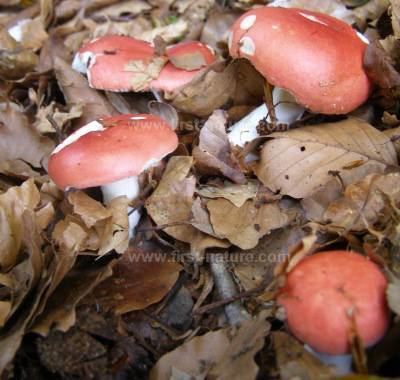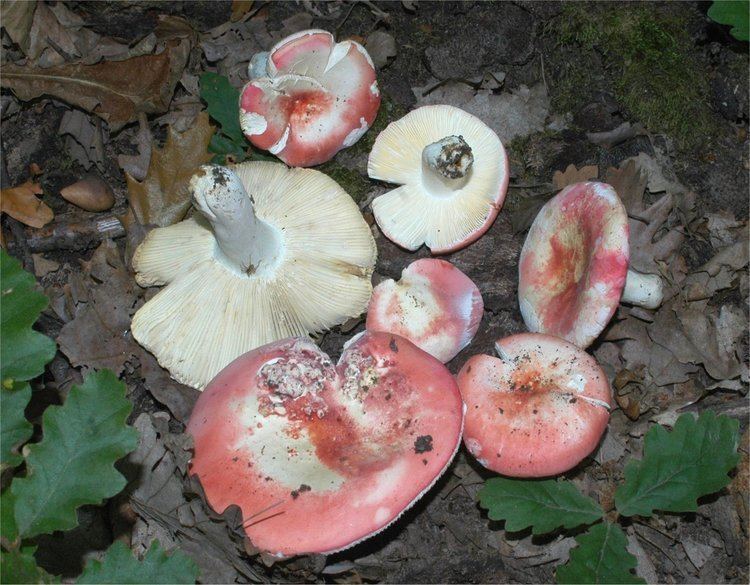Class Homobasidiomycetae Order Agaricales | Division Basidiomycota Subclass Hymenomycetes Rank Species | |
 | ||
Similar Russula ochroleuca, Russula fellea, Russula rosea, Russula fragilis, Russula betularum | ||
Buchen spei t ubling russula nobilis syn russula mairei
Formerly Russula mairei (Singer), and commonly known as the beechwood sickener, the now re-classified fungus Russula nobilis (Velen.) is a basidiomycete mushroom of the genus Russula. This group of mushrooms are noted for their brittle gills and bright colours.
Contents
- Buchen spei t ubling russula nobilis syn russula mairei
- Taxonomy
- Description
- Distribution and habitat
- Edibility
- References

Taxonomy

It was previously named in honour of French mycologist René Maire by Rolf Singer in 1929, but found to be the same taxon as the earlier 1920 Russula nobilis, which has naming priority.
Description

The cap is a red or rosy colour, 3–6 cm wide, convex to flat, or slightly depressed, and weakly sticky. It peels only to a third of its radius, which reveals pink flesh. It is often damaged by slugs. The stem is 2–5 cm long, 1–1.5 cm wide, cylindrical, (firmer than its conifer dwelling namesake, Russula emetica), and white. The gills are narrowly spaced, adnexed, rounded, and white, often with a faint blue-green sheen. The spore print is white.
Distribution and habitat

The species is mycorrhizal with beech (Fagus) in woodland areas. It is widespread and common in Europe, Asia, and North America, where these trees grow.
Edibility

Russula nobilis is inedible, and probably poisonous in quantity, but not deadly. Many bitter tasting red-capped species can cause problems if eaten raw; the symptoms are mainly gastrointestinal in nature: diarrhoea, vomiting and colicky abdominal cramps. The active agent has not been identified but thought to be caused by chemical compounds known as sesquiterpenes, which have been isolated from the related genus Lactarius and from Russula sardonia.
